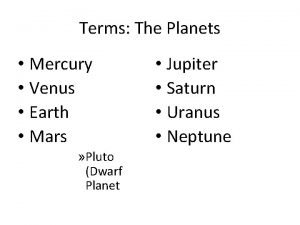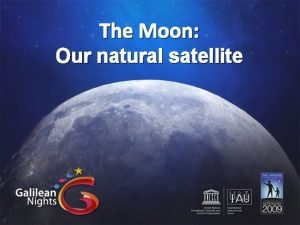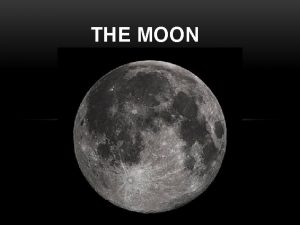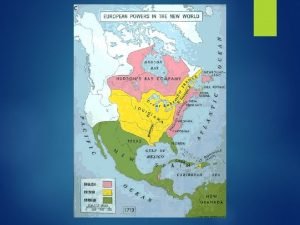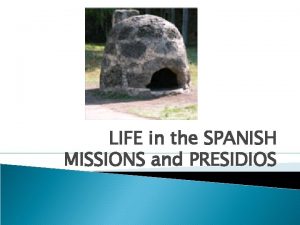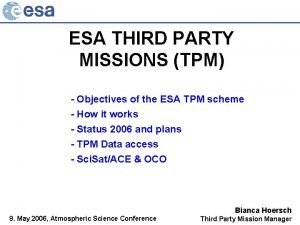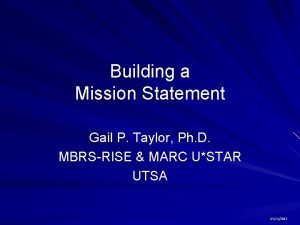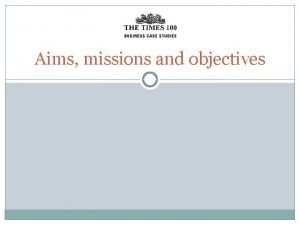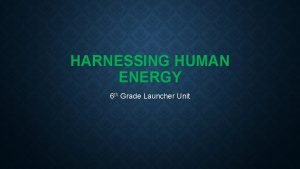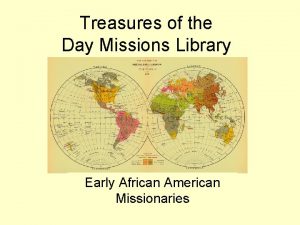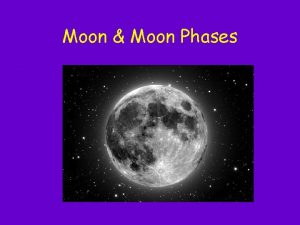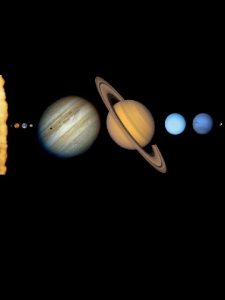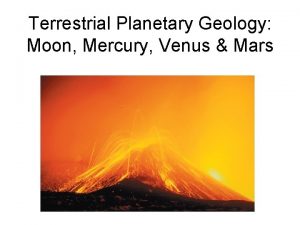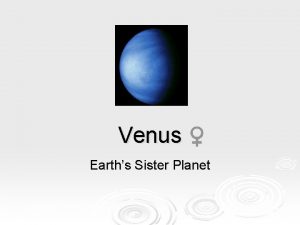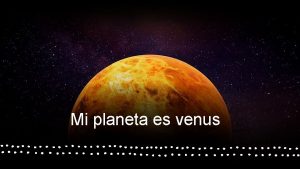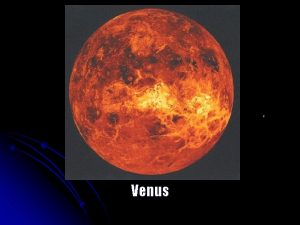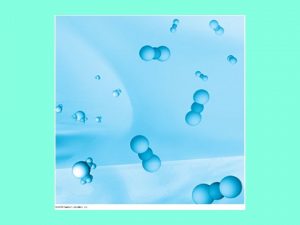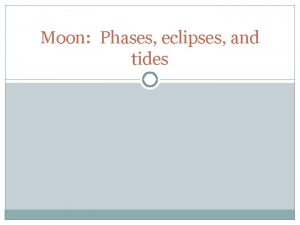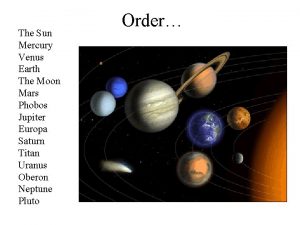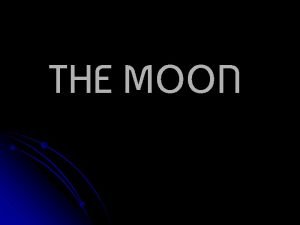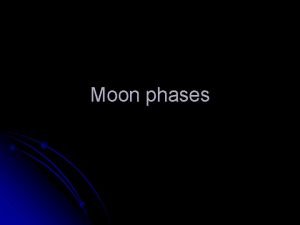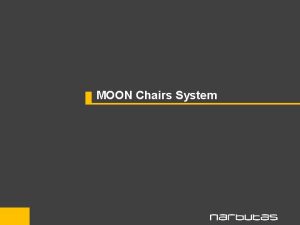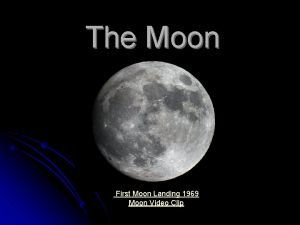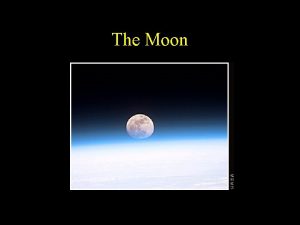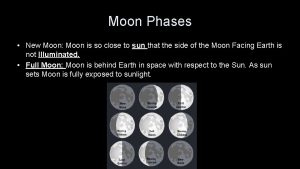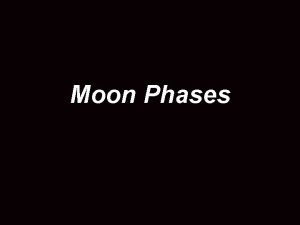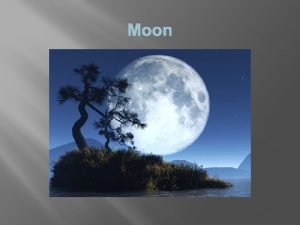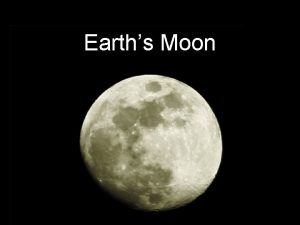Russian Missions to the Moon Venus and Mars

























- Slides: 25

Russian Missions to the Moon, Venus, and Mars in the 1960 s Vladimir Krasnopolsky • Russia was the world leader in space technology at the end of 1950 s and beginning of 1960 s • First space flight: orbiter Sputnik, Oct. 1957 • First man in space: Yuriy Gagarin, Apr. 1961 • Missions to the Moon, Venus, and Mars were a significant part of the space program in Russia

End of 1950 s and beginning of 1960 s was a good period in Russia • Stalin ceased, Berya executed • The Party Congress condemned Stalin’s terror • Downgrading of Ministries of Internal Affairs and State Security • The Korean war ended • Reduction of Soviet Army by 1. 8 million people (twice the current Russian army) • More production for people needs at the expense of military production • TV became accessible to many people

Sergey P. Korolyov (1907 -1966) chief designer head of Russian space program

Mstislav V. Keldysh (1911 -1978) President of USSR Academy of Sciences Head of science in space program

16 spacecraft were sent to the Moon in 1959 -1970. Basic technological achievements are • First flyby (Luna 1, 1959) • First hard landing (Luna 2, 1959) • First soft landing (Luna 9, 1966) • First orbiter of the Moon (Luna 10, 1966) • First automatic sample return (Luna 16, 1970)

Scientific results on the Moon’s environment • • • No magnetic field No radiation belts Discovery of mascones IR and UV spectroscopy of the rocks Images of the Moon at wide range of scales • X-ray and gamma-ray spectroscopy of the rocks

Science results on the interplanetary space • Discovery of the solar wind and study of its properties • First studies of the outer radiation belt • In situ studies of interplanetary dust particles (micrometeorites) • Cosmic rays in the interplanetary space

Moon sample return (Luna 16, 1970) • Launch to Earth’s orbit • Flight to the Moon with one mid-course correction • Entered a Moon’s circular orbit h = 110 km • Two orbital adjustments to get hmin = 15 km • Soft landing • Drilling and collection of a soil sample (35 cm, 105 g) • Launch of the upper stage to Earth • Parachute landing near the expected point

Landing module of Luna 16 (mass 1, 880 kg). Total mass was 5, 600 kg

Missions to Venus and Mars in 1960 s • Badly affected by insufficient reliability of the 4 th rocket stage (which drove a spacecraft from orbit around Earth) and some spacecraft subsystems • Venera (Feb. 1961), first interplanetary probe; lost on the way to Venus • 2 MV (launch in 1962): landing to Venus and flyby of Mars 1 was lost halfway to Mars. • 3 MV (launch in 1964 -1965): landing to Venus and flybys of Venus and Mars. Veneras 2 and 3 were lost before their flyby and hard landing, respectively • Spacecraft to Mars was not ready in time and was sent to the Moon as Zond 3 (1965)

Four-stage Soyuz rocket to launch spaceraft of 1000 kg to Moon and planets in the 1960 s

Missions to Moon and planets were transferred to Babakin Space Center in 1965 Venera 4 (1967) was the first soft entry probe; direct measurements at 55 to 23 km (18 bar) Veneras 5 and 6 (1969): down to 17 km (28 bar)

Venera 7 (1970): first soft landing on another planet. On-orbit mass 1180 kg, mass of lander 500 kg Mars 1969: new large spacecraft and new powerful rocket. Crashed at the launch

Scientific return from the early Venera missions • Direct measurements of atmospheric pressure, density, and temperature from 55 km down to the surface • Chemical composition: CO 2 > 90%, N 2 < 7% • Hydrogen corona, upper limit to atomic oxygen • No magnetic moment (< 3 x 10 -4 of the Earth’s) • Plasma bow shock at 19, 000 km and solar wind interaction with the induced magnetosphere • Solar wind, cosmic ray, interplanetary dust measurements at the cruise phases

Mars Sample Return (similar to NASA-ESA mission in the next decade) • • Planned launch in 1975 Total spacecraft mass 20 tons New powerful rocket N 1 After drilling and sample collection, it should be delivered into a Mars orbit and wait for the favorable return launch during 10 months • The program was not completed because of some conceptual drawbacks of the N 1 rocket

My work in the 1960 s • I graduated at Moscow State University and joined a team of Aleksander Lebedinsky (1913 -1967) in 1961 • Technically responsible for: surface phase state and gamma-ray detector at the Venus lander of 2 MV (1962) photometer at the Venera 3 lander (1965) electronics of the IR radiometer at Luna 13 (1966) UV spectrometers at Venera 2 (1965), Zond 3 (1965), Cosmos 65 (1965) and Cosmos 121 (1966) • Principal investigator of: UV spectrometer at Mars 69 dayglow photometer at Cosmos 224 (1968)

• • Aleksandr Lebedinsky (1913 -1967)

Surface phase state and gamma-ray detector (2 MV, 1962) • Venus was considered as Earth’s sister with a possible ocean • Microwave observations at the end of 1950 s indicated high temperature and pressure in the lower atmosphere of Venus • However, it was suggested that the observed signal might be caused by some ionospheric phenomena • Lebedinsky told me in June 1961 that Keldysh had approved his idea of a simple device to distinguish between liquid and solid surfaces for 2 MV (launch in August 1962). He asked me to be responsible for that instrument

Mercury level α > 3° → solid surface (mean α ≈ 15°) α < 3° → liquid surface •

Evolution of the instrument

Evolution of the instrument

Evolution of the instrument

Evolution of the instrument

The 1960 s were a period of great progress in space research • Apollo 11 (1969): the first manned mission to land on the Moon, the greatest achievement in space • Luna 16 (1970): sample return from the Moon, the most sophisticated robotic mission • Voyager (1977 -1989): mission to the outer planets, the highest scientific return in the solar system studies

Some poorly known facts (not related to space research) • The car engine was invented by Nicolaus Otto, a German • TV was invented by Vladimir Zvorykin, a Russian American • Special relativity was created by Lorentz, Poincare, Einstein, and Minkowski
 Earth mars pluto venus
Earth mars pluto venus The science duo
The science duo Which moon phase occurs directly before a new moon
Which moon phase occurs directly before a new moon Moon sister moon calendar
Moon sister moon calendar Home.hiwaay.net/ krcool/astro/moon/moon tides/
Home.hiwaay.net/ krcool/astro/moon/moon tides/ Home.hiwaay.net/ krcool/astro/moon/moon tides/
Home.hiwaay.net/ krcool/astro/moon/moon tides/ Missions and presidios
Missions and presidios Spanish missions in texas map
Spanish missions in texas map What were missions presidios and haciendas
What were missions presidios and haciendas Why did the spanish establish missions in texas
Why did the spanish establish missions in texas Esa tpm
Esa tpm Critical missions swat
Critical missions swat California missions map
California missions map Southern california missions map
Southern california missions map What are the 21 missions in order?
What are the 21 missions in order? Free methodist world missions
Free methodist world missions Why did the spanish build missions in texas?
Why did the spanish build missions in texas? Spanish missions in georgia
Spanish missions in georgia Mobile baptist association
Mobile baptist association Spanish missions in texas
Spanish missions in texas Franklin covey mission statement builder
Franklin covey mission statement builder Aims missions
Aims missions Harnessing human energy lesson 1.2 answer key
Harnessing human energy lesson 1.2 answer key Day missions library
Day missions library Theology of missions
Theology of missions Hát kết hợp bộ gõ cơ thể
Hát kết hợp bộ gõ cơ thể
